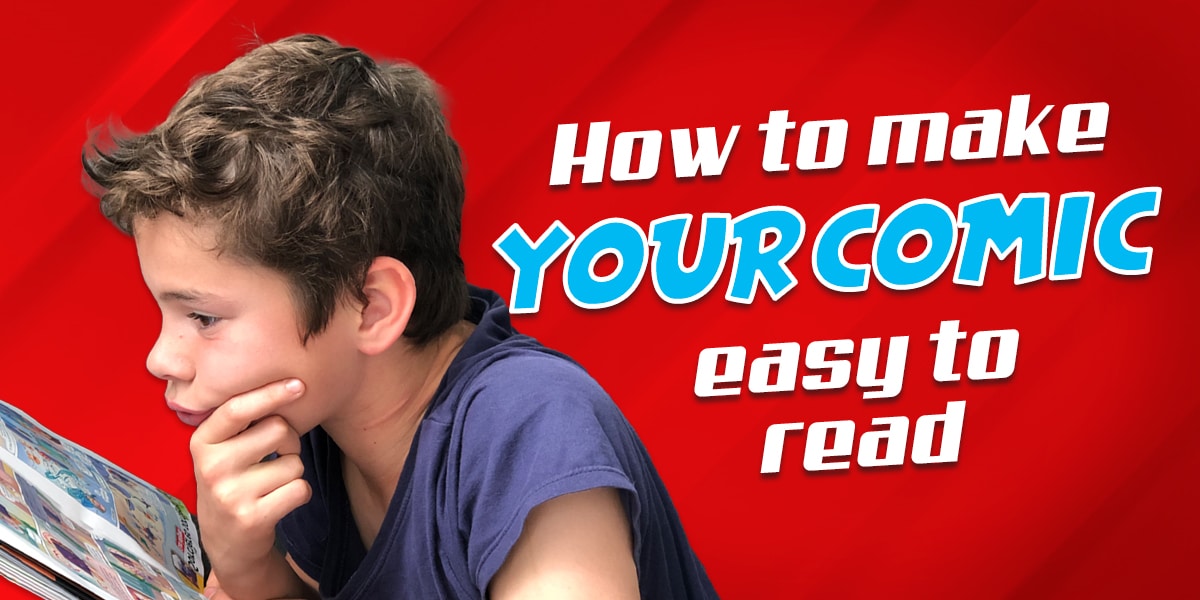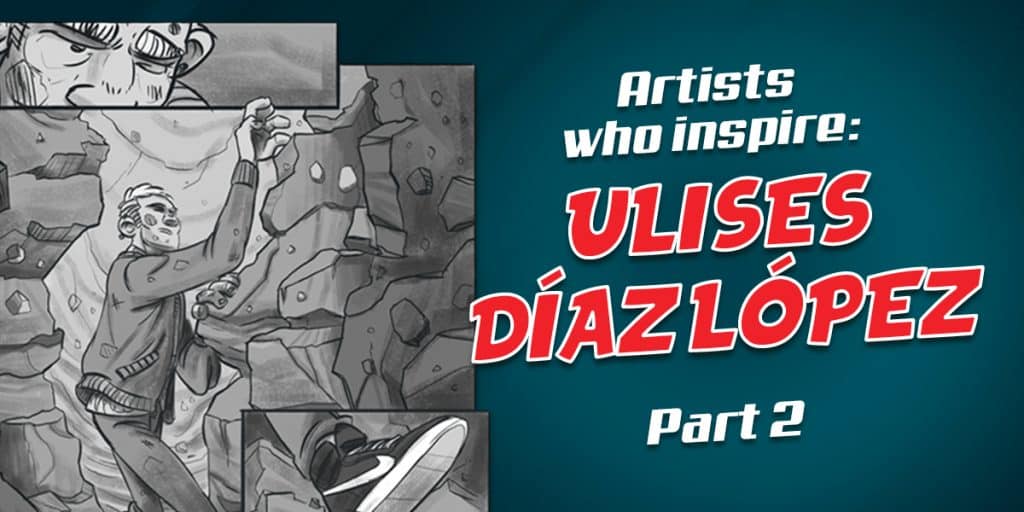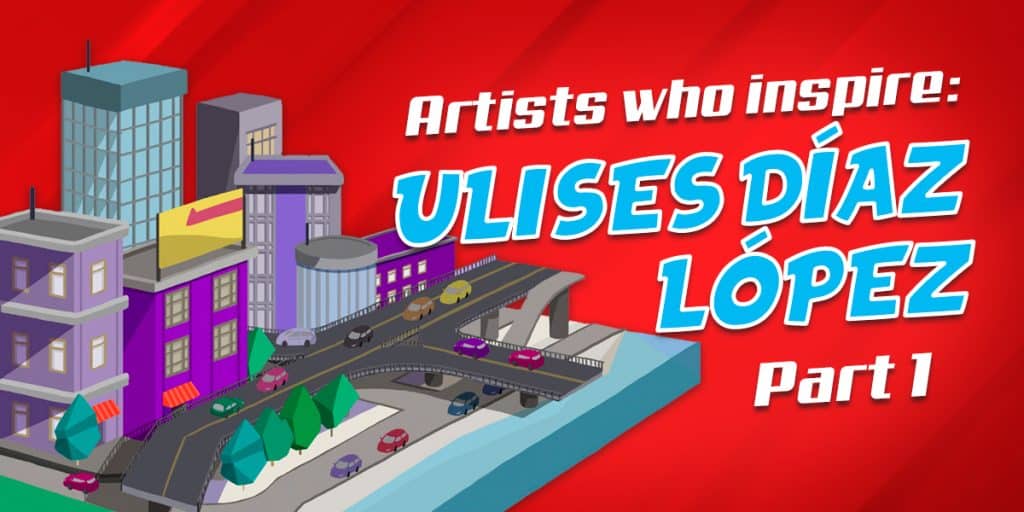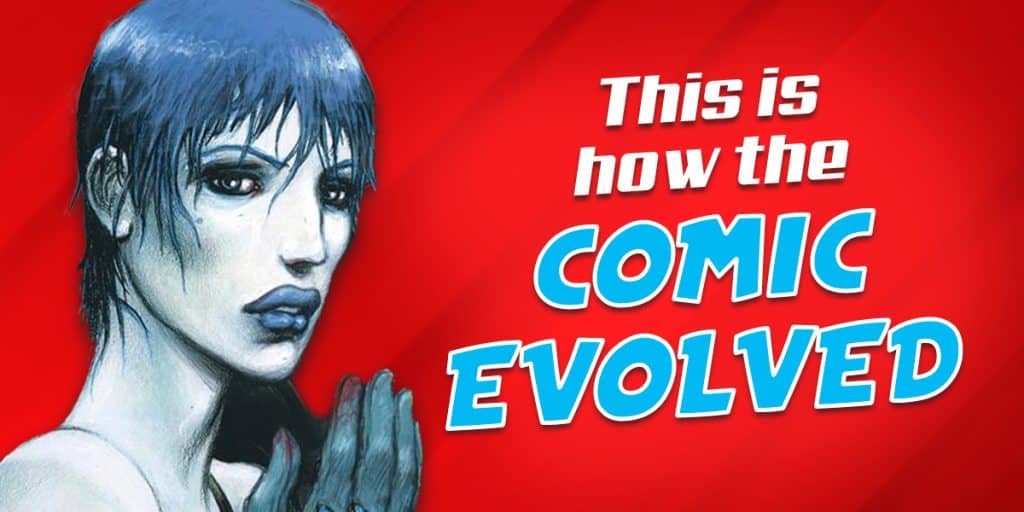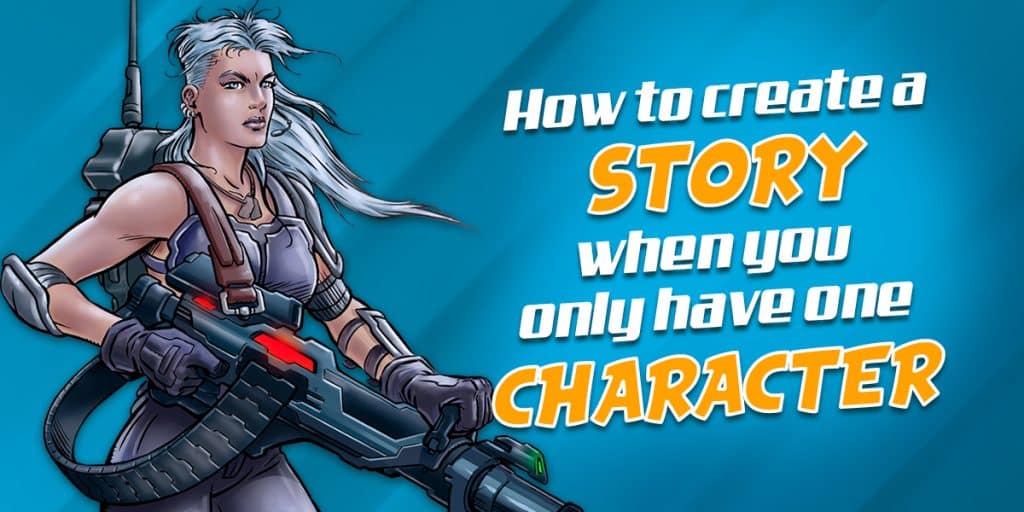In this article, we will explain some resources about principles, and how they are interpreted by our mind, and thanks to them, achieve fluency in the reading of your comic.
It is important that you learn the laws that you will see below, they will help you to better manage the narrative, create climate, etc. Continue reading!
You may ask yourself: How do I achieve fluency in the reading of my comic?
Having an idea of how your readers will interpret the comic will help you to generate a clear reading, or rather, to have them read the comic as you wish.
It is well known that, in the western world, we read from left to right and from top to bottom, so we read both a text and a comic book.

As cartoonists, we know that reading is not always as natural as reading a text, it may happen that there are elements that distort that naturalness.
You will see some resources, arising from the Gestalt School, highlighting among its main exponents Max Wertheiner, Wolfgang Kôhler and Kurt Kofka.
They propose “principles and laws” on how the human mind interprets.
This school affirms that we do not perceive isolated elements, but “totalities”. Therefore, we tend to join the components we visualize, to generate wholes.
To make a narrative sequence is to generate a totality. You will visually group the elements of your comic page to make this sequence clearer.
Very important: The page, here, is where all the elements are to start with the general principles.

The page is a whole, containing several elements, here we can apply the principles and laws of Gestalt. Among those we can highlight, vignettes, streets, balloons, text, images, drawings, characters, scenarios, etc.
The Gestalt School proposes to start with the general principles of Figure, Background and Good Form. This refers to the fact that the mind wants to perceive a main element as figure, and another that surrounds it as background. But people remember and visualize simple shapes better than more complex and unclear shapes.
This is the basic principle for understanding the idea of perception, which applies to every image that is visualized.
Next, there are the particular laws, so called because they apply in specific cases. With these laws you can not only make the narrative clearer, but also manage the narrative rhythm, create mood, convey ideas, etc.
The laws of Gestalt
The ones that stand out are:
- Law of closure, according to which we tend to complete forms that are missing a part, so we can say that they are incomplete, that is, we interpret them as a single image. If we draw an incomplete image, the reader will interpret it as part of a whole.
- Law of similarity, when perceiving, the same or similar elements are united. The similarity may depend on shape, size, color, etc.
- Law of proximity, perception unites different elements that are close to each other.
- Law ofcontinuity, perception unites elements that continue a movement.
- Law ofmovement or common destiny, the perception joins elements that move or converge in the same direction.

Depending on what your page requires, you can use any of these resources. Divide the same image into several vignettes, and the mind will complete the missing parts (according to the law of closure) and surely, we will make time pass slower in that sequence.
Handling of bullets, transitions and impact on the reader
By placing similar elements in contiguous bullets, the link between them will be reinforced, and the reader will read them sequentially (no matter how complex the composition of the bullets may be).
This last resource can help us when we have a transition of vignettes, which is not in the sense of natural reading (here the law of similarity applies).
If we bring vignettes closer to each other, we will make them read as a sequence and it will give the idea that time passes faster (Law of proximity). If, for example, we show a chase, for it to be clear, we should always keep the same direction of the elements involved (according to the law of continuity).
We can take the “tail” of balloons from different vignettes to a character located in another vignette, without the need for him to appear in each one of them (here you would apply the law of movement or common destiny).

Conclusion
To achieve the fluency you want in the reading of your comic, it is necessary that you read and review these laws. You have to know them and learn how to handle them, at the beginning and during the article we mentioned how to do it, so you can’t miss it! Generate a flowing continuity in the reading of your comic.
The comic book approaches the reader from the full page, it is the first view you have, then read the sequences of a strip (if any), and then the vignette (with its internal complexities).

